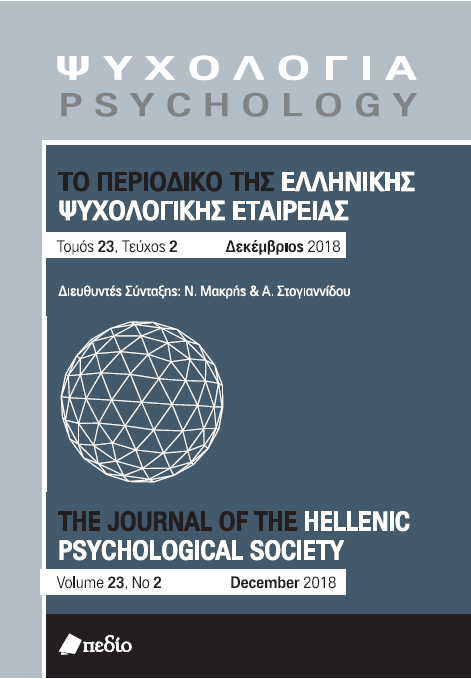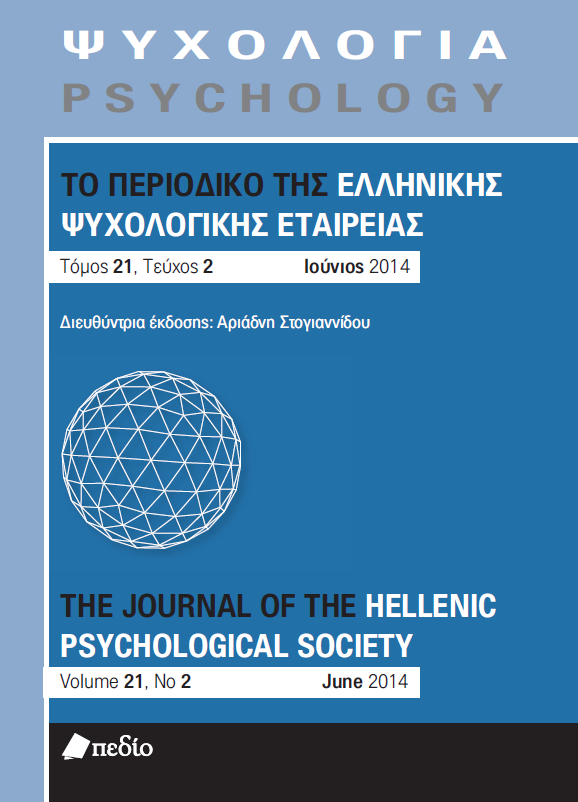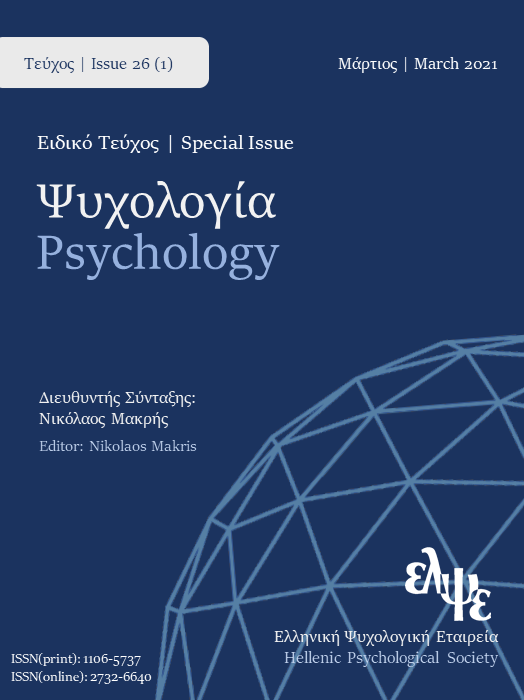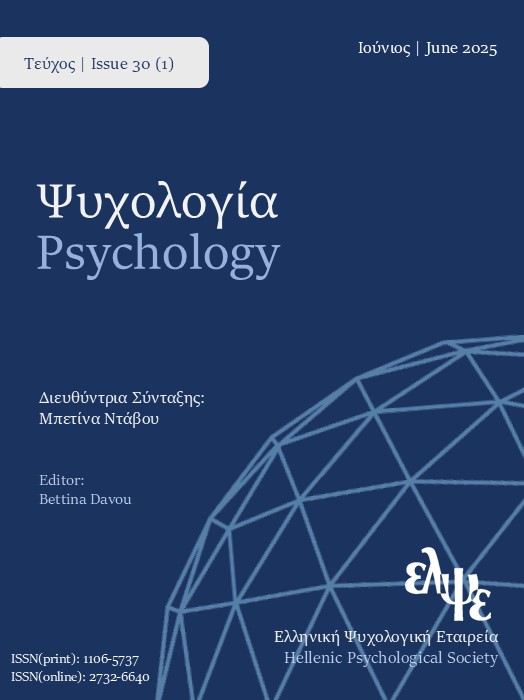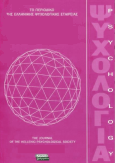Post-institutionalized adopted adolescents: Attachment relationships with their adoptive parents
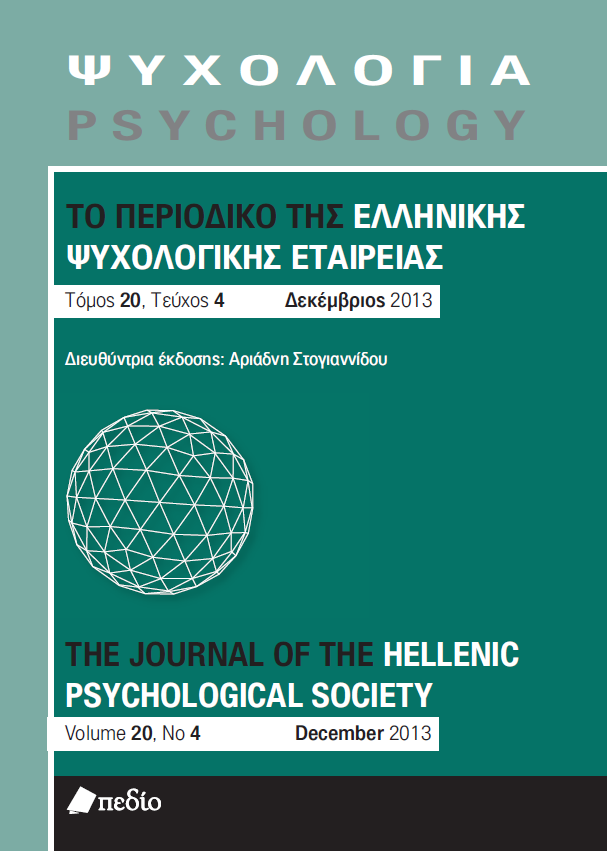
Abstract
The aim of the present study was to investigate the quality of attachment to parents in adopted adolescents, who spent the first two years of their lives in “Metera” Babies Centre, and in adolescents reared by their biological parents. in the study there were involved 88 adolescents aged 12 to 14 years old (mean age = 13.1 years). The 52 adolescents were adoptees, whereas the 36, matched for age and sex with the adoptees, brought up in their biological families and comprised the comparison group. attachment relationships with parents were assessed using the Child attachment interview (Target, Fonagy & Shmueli-Goetz, 2003). interviews were conducted in adolescents’
houses. The results showed that there were no between-group differences in the quality of attachment relationships with parents. Sex differences were not found. However, adopted adolescents tended to
have more difficulties in expressing their own emotions. We conclude that, although adoption could not be viewed as a risk factor for the development of secure attachment relationships between adopted adolescents and their adoptive parents, adopted adolescents, compared to their non-adopted counterparts, still showed emotional difficulties.
Article Details
- How to Cite
-
Ντούμα Μ., Βόρρια Π., & Βαϊράμη Μ. (2020). Post-institutionalized adopted adolescents: Attachment relationships with their adoptive parents. Psychology: The Journal of the Hellenic Psychological Society, 20(4), 429–447. https://doi.org/10.12681/psy_hps.23601
- Issue
- Vol. 20 No. 4 (2013)
- Section
- RESEARCH PAPERS

This work is licensed under a Creative Commons Attribution-ShareAlike 4.0 International License.
The journal PSYCHOLOGY adopts a Platinum open-access policy. Submission, processing or publication costs are waived by the Hellenic Psychological Society. Papers published in the journal PSYCHOLOGY are licensed under a 'Creative Commons Attribution-ShareAlike 4.0 International' licence. The authors reserve the copyright of their work and grant the journal the right of its first publication. Third-party licensees are allowed to use the published paper immediately after publication as they wish, provided they retain the defined by the license copyright formalities, regarding the reference to its author(s) and its initial publication in the journal PSYCHOLOGY. Moreover, any adjusted work should be shared under the same reuse rights, so with the same CC license.



